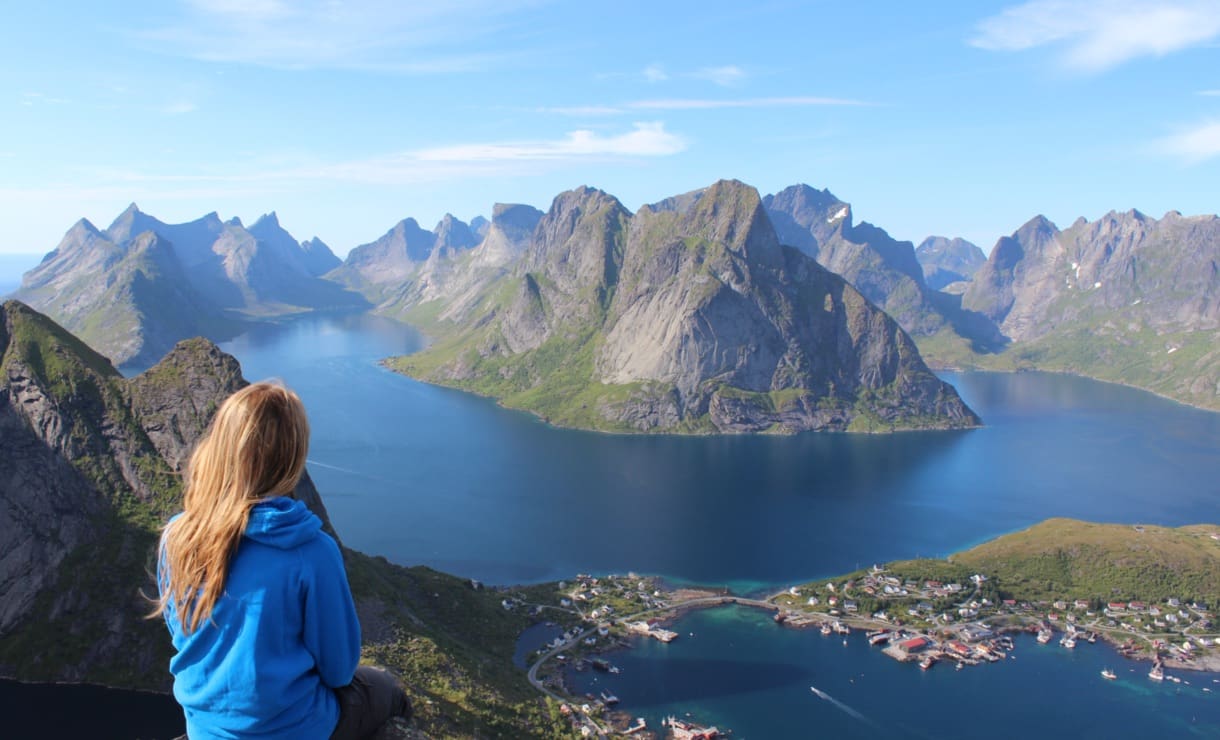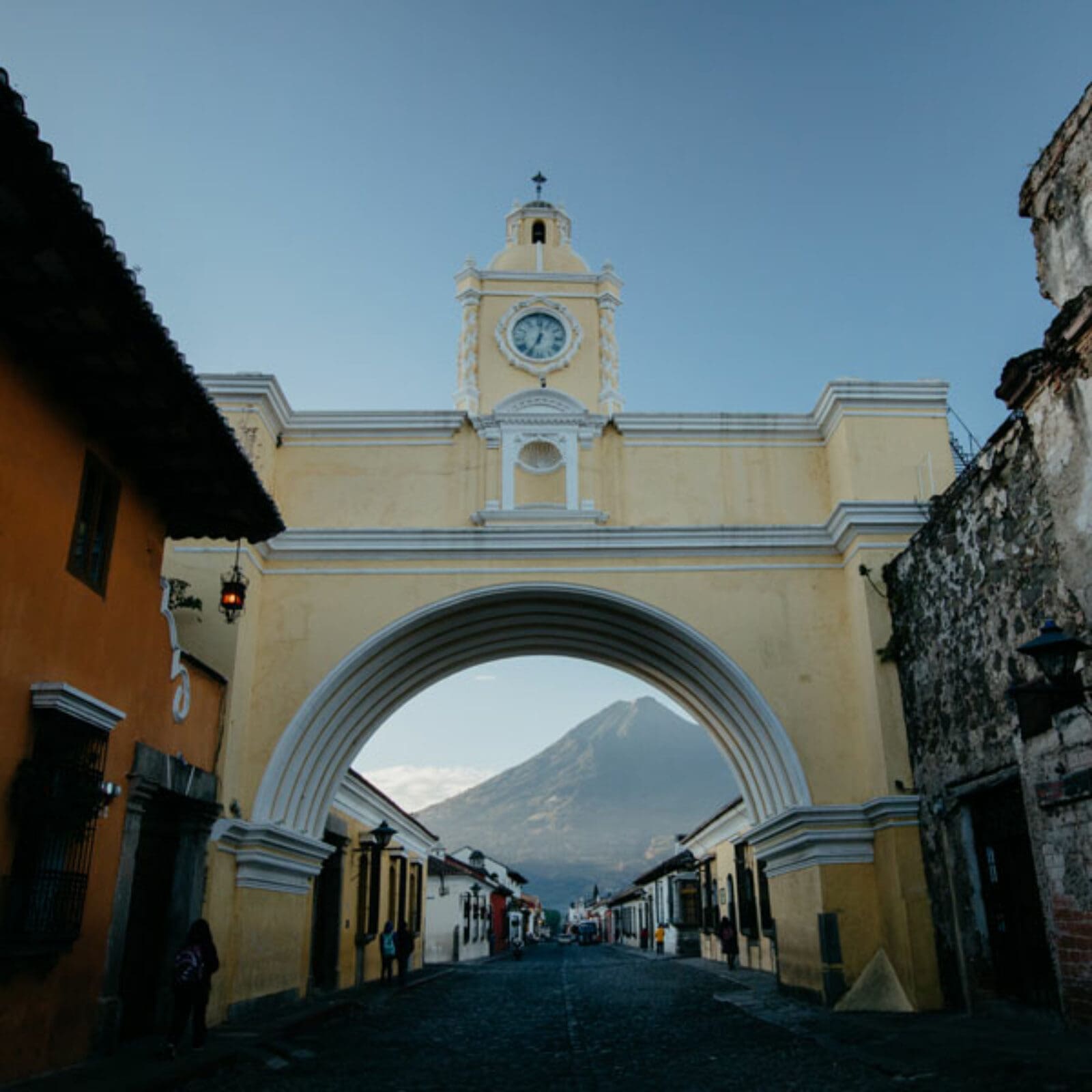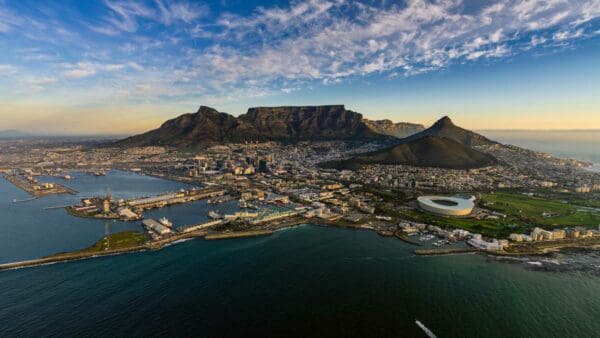|
I had some free time today and complied this information from a variety of weather sources. It is not extremely specific but is intended to give a generalized view which will be useful for packing, planning, and buying gear.
South Africa (January) – Over much of South Africa, summer (mid-October to mid-February) is characterised by hot, sunny weather – often with afternoon thunderstorms that clear quickly, leaving a warm, earthy, uniquely African smell in the air. The Western Cape, with its Mediterranean climate, is the exception, getting its rain in winter. Temperature approximately 80º F. Mozambique (Feb) – The peak of the wet season; the wettest and hottest month of the year. This does vary a little between the north and south of the country, with the rains lasting a few weeks longer in the north than the south, but the pattern is the same. Humidity can be uncomfortably high during this period. The average temperature along the coast is 29º C (88º F). Swaziland (March) – Average temps between 73°F (High) to 57°F (Night/low). It will be wet approx. 10-15 days. Should not be overly humid. India (April) – Summer or pre-monsoon season, lasting from April to June (April to July in northwestern India). In western and southern regions, the hottest month is April; for northern regions, May is the hottest month. Temperatures average around 32–40 °C (90–104 °F) in most of the interior. Nepal (May) – Average daily temperature around 71°F. The average day time temperatures are around 30°C (86°F) whereas during the night the average minimum temperatures drop to around 20°C (68°F). Malaysia (June) – Average of 82°F. Highs around 90°F and lows near 73°F. Given Malaysia is an equatorial country, the whole of Malaysia experiences an equatorial climate with high temperatures and wet months round the year. The annual variation here is minimal. Vietnam (July) – There are definite regional variations in the climate. The north of the country is a fair bit cooler than the south and has much more marked seasonal variations. NORTH: Temperature may rise to 37°C (98.6 °F) in the peaks of June and July. CENTRAL: Storms and typhoons strike this area more frequently than the northern coasts in summer months (from July to November). The Central Highlands in particular enjoys nearly double the average rinfall of the country. SOUTH: The South of Vietnam, merely 8 degrees north of the Equator, is typical of humid tropical climate which is excellent for growing rice. The region’s temperatures experience little variations in a year (around 27-32°C/80-90°F). During the rainy/monsoon season (from May to November), downpours are expected to happen nearly every afternoon, resulting in occasional street flooding Cambodia (August) – Hot and wet. Near 80°F with rain downpours almost daily. Across most of the country, the monsoon rains are fairly predictable, usually occurring in the afternoon or at night. The wet season, which lasts until October, isn’t such a bad time to visit, as the rain tends to come in short, sharp downpours. Ireland (September) – September is among Ireland's wettest months. Temperatures in most of Ireland in September don't get above 55 degrees Fahrenheit, with average lows of 48 degrees F. September rain in Ireland is often misty and "soft," falling continuously throughout the day, punctured by periods of sun. Ukraine (October) – The month of October is characterized by very rapidly falling daily high temperatures, with daily highs decreasing from 62°F to 48°F over the course of the month. The median cloud cover ranges from 80% (partly cloudy) to 90% (mostly cloudy). Approximately 45% of the days there will be precipitation, usually as light or moderate rain. Cold + wet sucks, so plan accordingly. Romania (November) – Temperatures and weather similar to NE United States, with average temps ranging from high 40’s to mid 30’s at night (°F). Precipitation approximately 5-6 days within the month of November.
Conclusion: We will be wet fairly often. Most countries will be warm and humid. The last 3 European countries will be slightly wet and cold (40’s-50s). Probably not necessary to carry autumn-style clothes as they will be easy to pick up in Europe. A high-quality, light-weight rain jacket is a must. I also suggest lightweight and breathable rain-proof pants (Around 7oz. weight. Price approx. $60-80). Quick-dry shirts/pants/socks and technical clothing would be helpful for the humid areas (they also dry quicker after washing). Sleeping bags and other equipment can also be purchased accordingly, if you do not already have them. See you all in 3 weeks! ===============================================================
For non-weather related information and quick research, the CIA World Factbook information is listed below by Country.
South Africa: https://www.cia.gov/library/publications/the-world-factbook/geos/sf.html
Mozambique: https://www.cia.gov/library/publications/the-world-factbook/geos/mz.html
Swaziland: https://www.cia.gov/library/publications/the-world-factbook/geos/wz.html
India: https://www.cia.gov/library/publications/the-world-factbook/geos/in.html
Nepal: https://www.cia.gov/library/publications/the-world-factbook/geos/np.html
Malaysia: https://www.cia.gov/library/publications/the-world-factbook/geos/my.html
Vietnam: https://www.cia.gov/library/publications/the-world-factbook/geos/vm.html
Cambodia: https://www.cia.gov/library/publications/the-world-factbook/geos/cb.html
Ireland: https://www.cia.gov/library/publications/the-world-factbook/geos/ei.html
Ukraine: https://www.cia.gov/library/publications/the-world-factbook/geos/up.html
Romania: https://www.cia.gov/library/publications/the-world-factbook/geos/ro.html |








